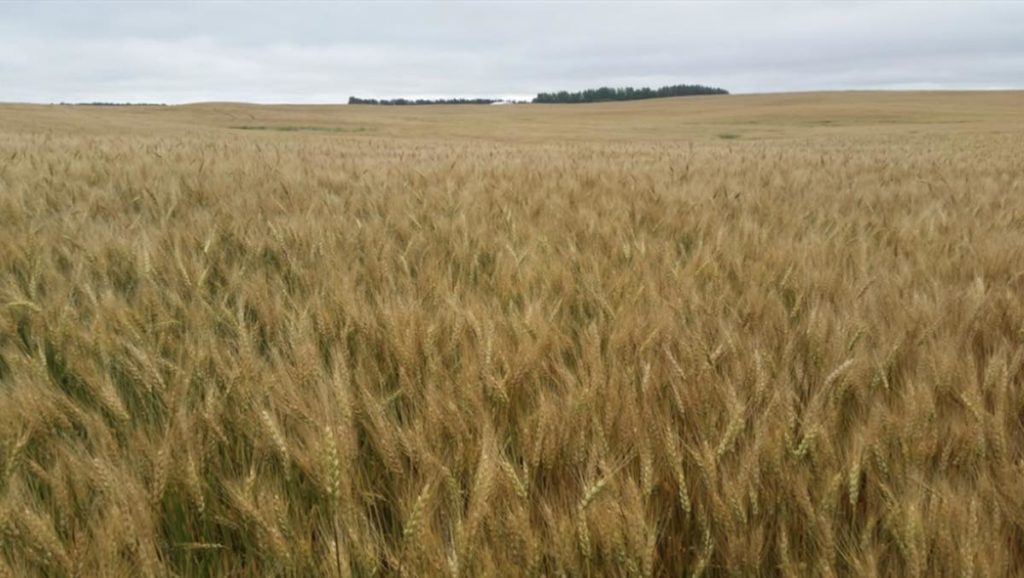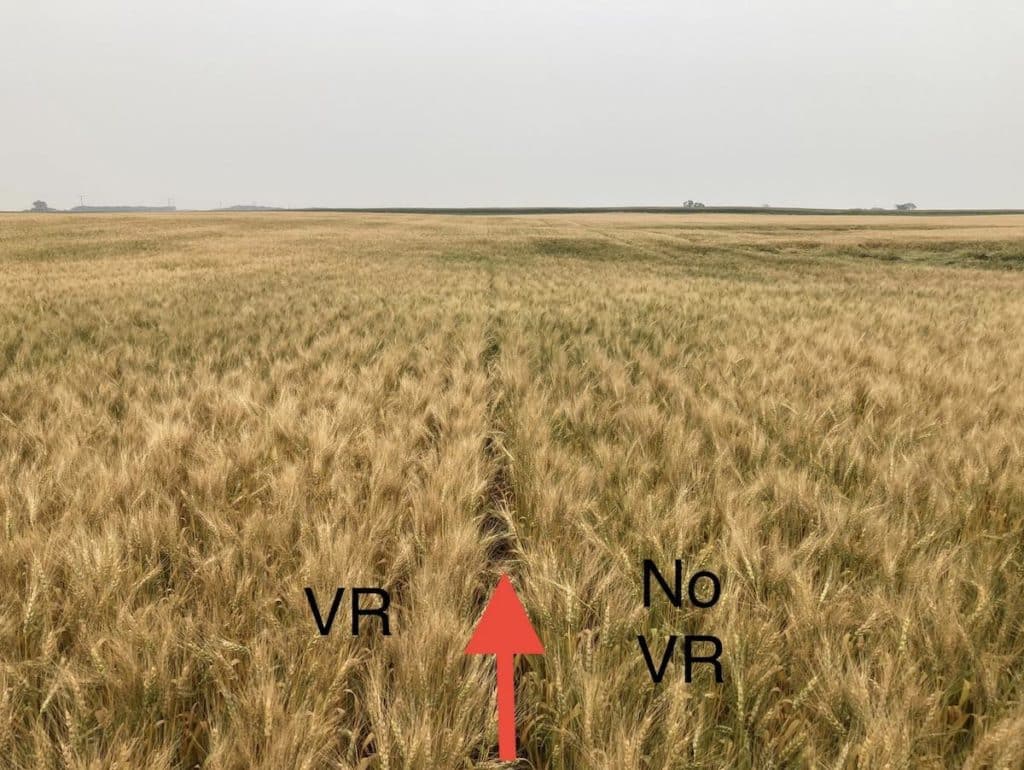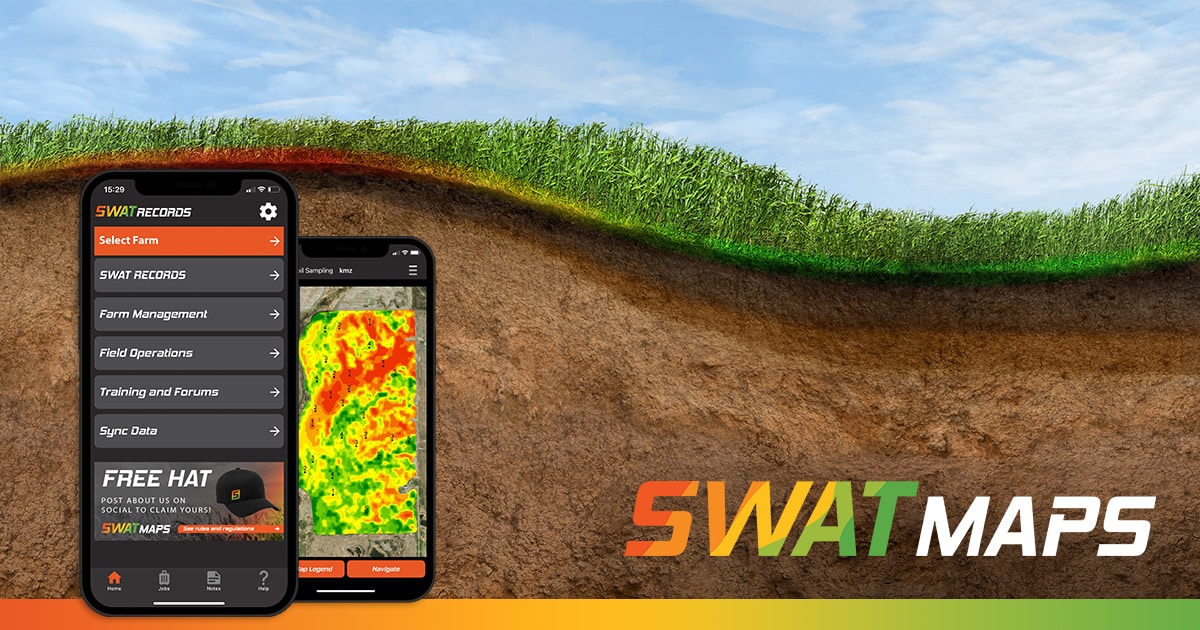Why Variable Rate, Why Now?
Variable rate technology is becoming more commonplace in the ag community, yet the adoption rate is still relatively slow. Some surveys suggest there is less than 10% adoption of variable rate by Canadian farmers. However, it’s possible that the adoption rate is about to grow exponentially in the coming years. Farmers are realizing that an effective variable rate program like SWAT MAPS is very important, especially now. Here are five reasons why.
Optimize the Use of Inputs
These days, farm input prices are very high, so it is becoming even more critical to not waste them. Variable rate technology enables precise management of resources such as fertilizers, pesticides, and even irrigation water. By applying these inputs in varying amounts based on soil, water, and topography characteristics, farmers can optimize their resources (see Figure 1). This leads to increased efficiency, reduced waste, and cost savings, making it an essential tool for sustainable and environmentally friendly practices.
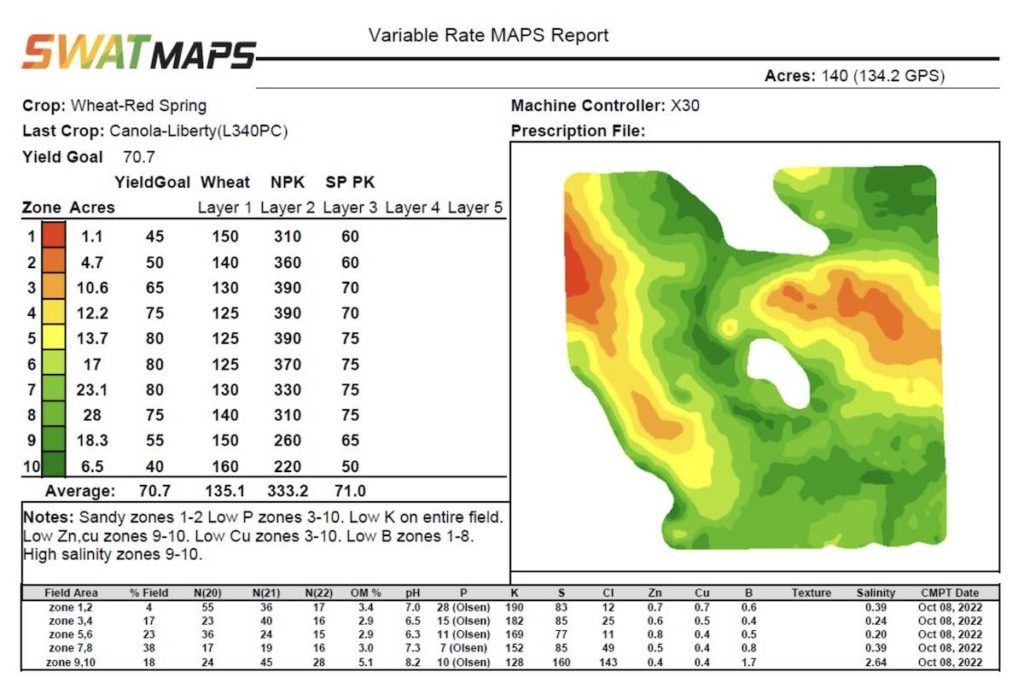
Evenness of Crop Maturity
Protecting the growing crop has never been more important. Variable rate seed and fertilizer will promote even crop staging and maturity (Figure 2). Achieving a proper plant stand will minimize excess tillers or branching that delays maturity and causes uneven crop staging throughout the season. This can significantly improve control of diseases such as fusarium head blight and hasten maturity in low areas that are normally too delayed to harvest when the rest of the field is ready. This has very high value for all farmers but especially for seed growers who need seed viability or can't use glyphosate as a preharvest aid. Not to mention the value of getting the crop off before that storm hits!
Enhanced Crop Productivity
Optimizing yield wherever possible is crucial. When using a fixed rate application of inputs, farmers are forced to use field average rates. For example, they can't optimize yields in those areas that would benefit from more fertilizer because other areas in that same field may be prone to lodging and would therefore see a negative impact from more fertilizer.
Alternatively, farmers using variable rate technology can increase fertilizer rates in areas that would benefit from it and decrease it (or even shut it off completely) in areas where more fertilizer would be detrimental. By providing the right amount of nutrients, and other inputs, to each part of the field, this technology helps optimize crop growth and yield, which can therefore result in improved productivity and profitability for farmers.
Site-Specific Management
Especially these days, farmers must reduce costs whenever they can. Fields often exhibit spatial variability caused by differences in soil properties, topography, and other factors. SWAT MAPS help farmers address these variations by creating management zones and treating each zone differently. Perhaps there are only certain zones within a field that would benefit from application of a micronutrient. Since that micronutrient may not provide an economically significant benefit to the rest of the field, variable rate prescriptions can be made to apply the product only in the areas where it is required. This approach can dramatically reduce costs and increase ROI since unnecessary application of product in other areas of the field can be eliminated.
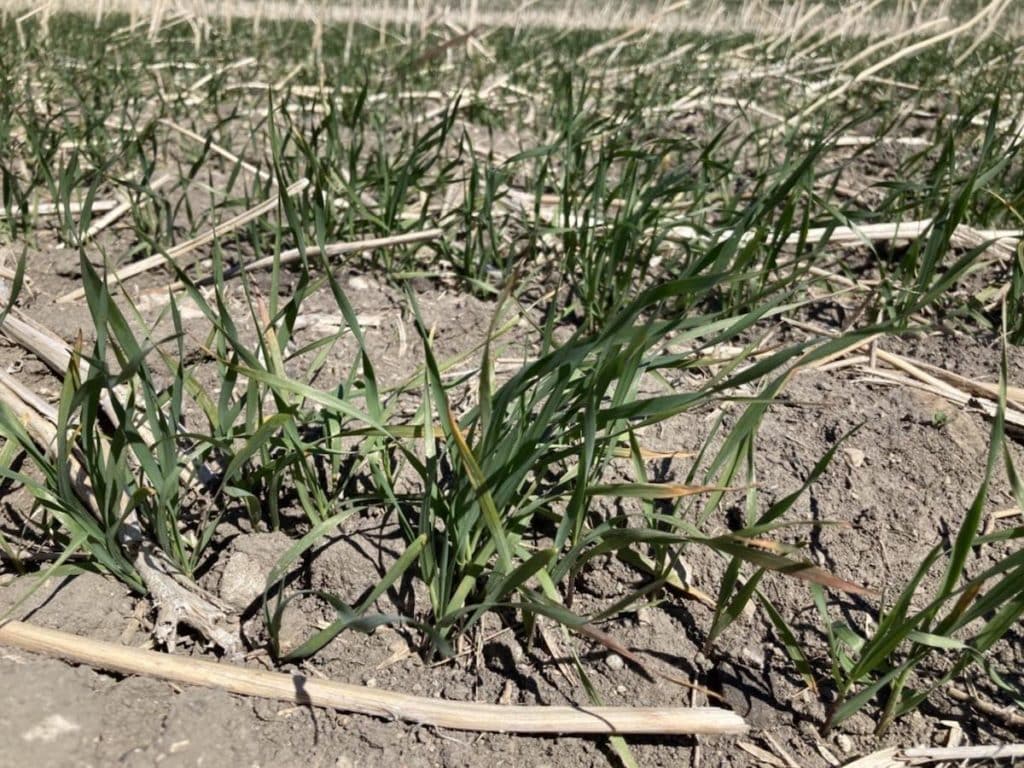
Environmental Sustainability
Proper use of variable rate technology plays a vital role in sustainable agriculture. By precisely targeting inputs, it reduces the potential for over-application of fertilizers and chemicals, minimizing the risk of environmental pollution and nutrient runoff into water bodies. Additionally, variable rate can even promote responsible water management by optimizing irrigation practices, reducing water usage, and minimizing soil erosion.
In fact, here in Canada, substantial government funding is now in place through the On Farm Climate Action Fund (OFCAF) to help farmers farm even more sustainably. There are various organizations that farmers can apply for funding through. Below are a few of them:
- The Canola Council of Canada - 4R Advantage program
- Manitoba (and Saskatchewan) Association of Watersheds - Prairie Watershed Climate Program
- Results Driven Agriculture Research - RDAR
There are many other reasons why variable rate technology is important, but essentially, when a great variable rate program is combined with great agronomy, it offers better resource efficiency, increased productivity, better crop management, and environmental sustainability. Furthermore, right now our government is willing to subsidize farmers who want to make variable rate application a part of their operation. There is no better time than now to get started.
If you would like to further discuss how variable rate might benefit your farm specifically, please connect with us at support@swatmaps.com. Or you can find more information elsewhere on our website.
Chris Hawkins
Director of Sales – Farmer Services







